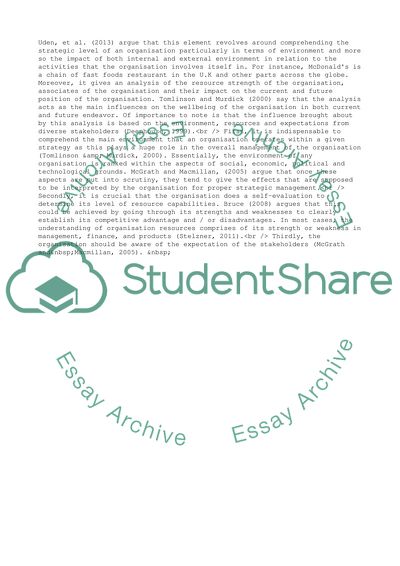Cite this document
(Strategic Development and Expansion of McDonalds Case Study, n.d.)
Strategic Development and Expansion of McDonalds Case Study. Retrieved from https://studentshare.org/business/1815513-litural-review
Strategic Development and Expansion of McDonalds Case Study. Retrieved from https://studentshare.org/business/1815513-litural-review
(Strategic Development and Expansion of McDonalds Case Study)
Strategic Development and Expansion of McDonalds Case Study. https://studentshare.org/business/1815513-litural-review.
Strategic Development and Expansion of McDonalds Case Study. https://studentshare.org/business/1815513-litural-review.
“Strategic Development and Expansion of McDonalds Case Study”, n.d. https://studentshare.org/business/1815513-litural-review.


